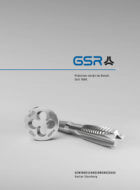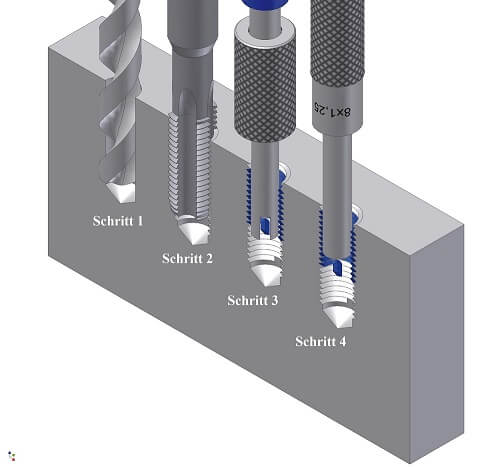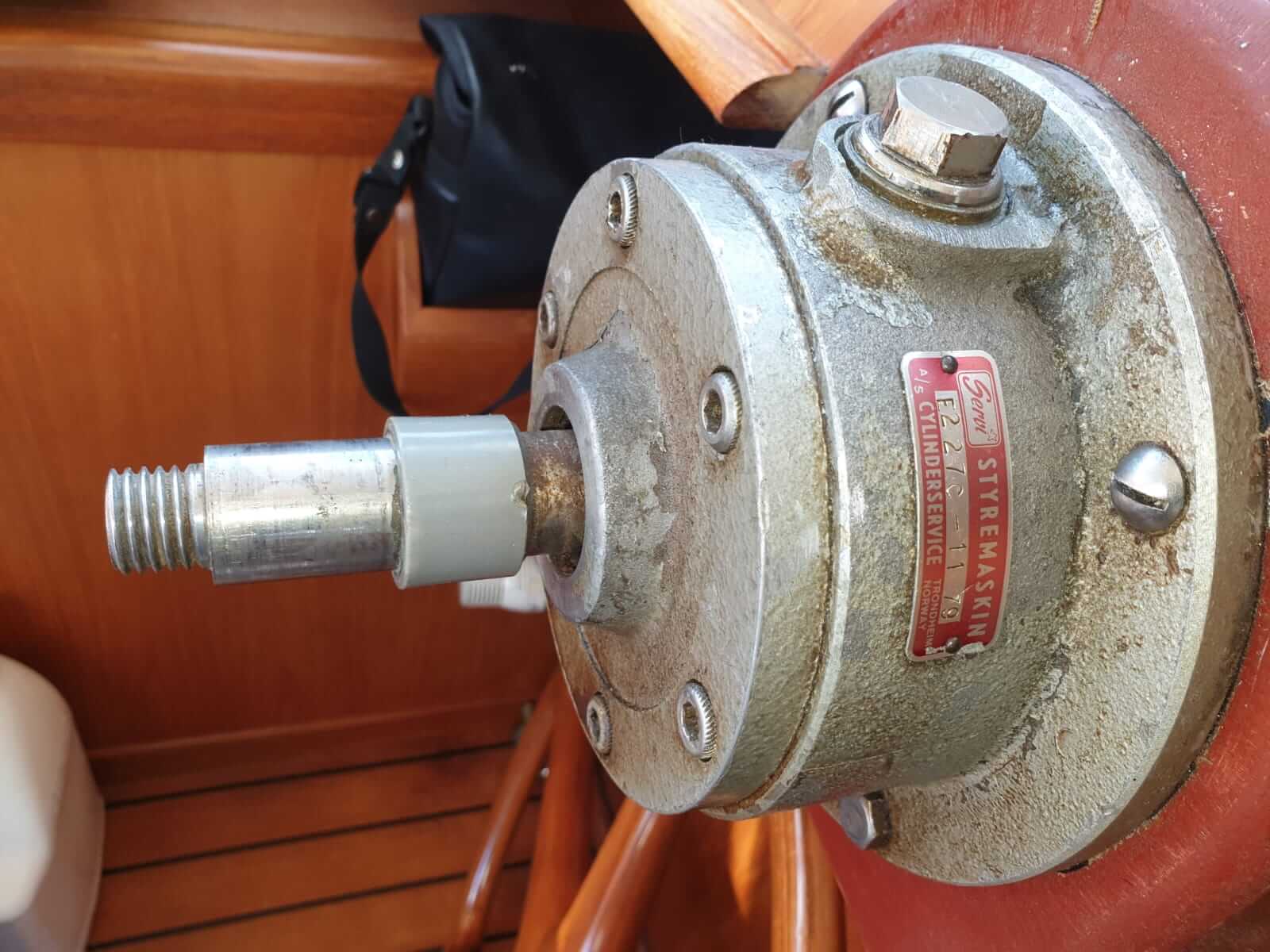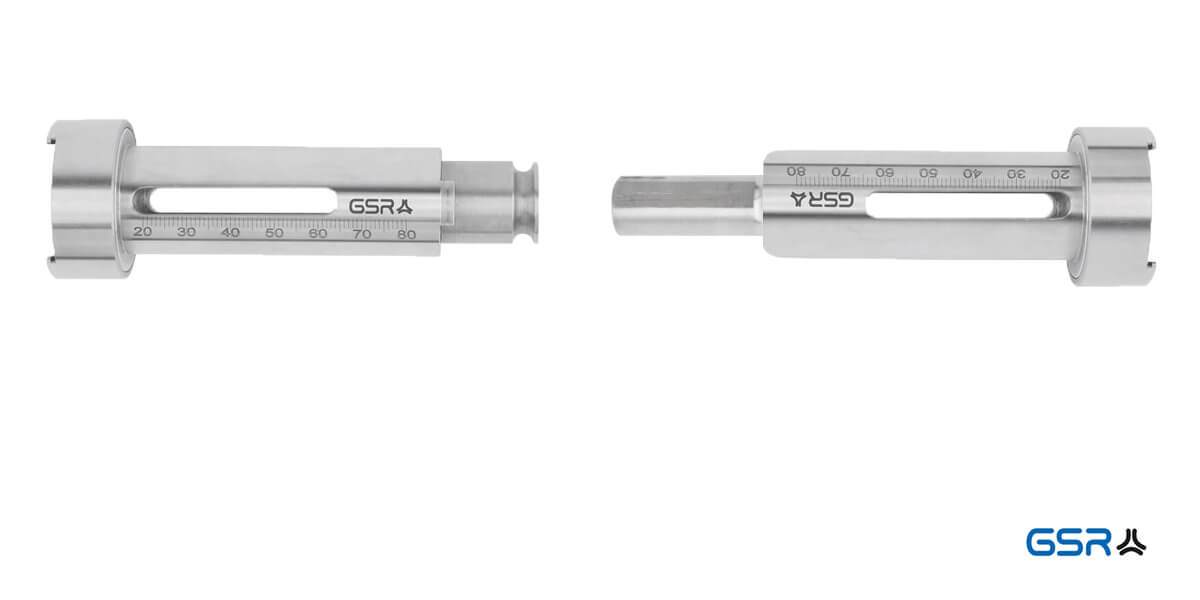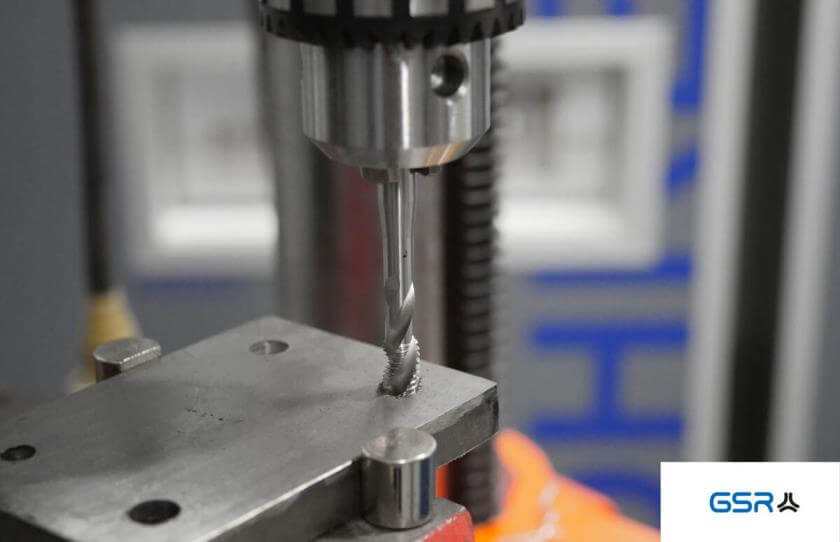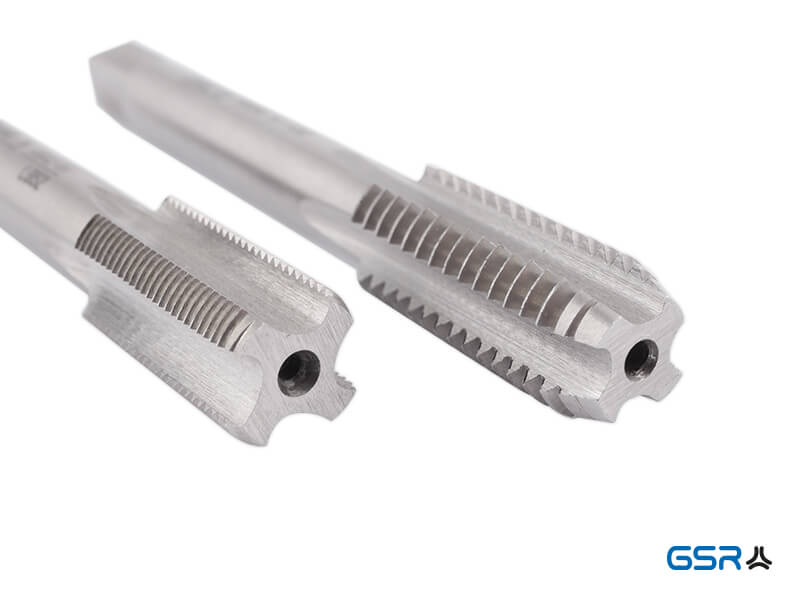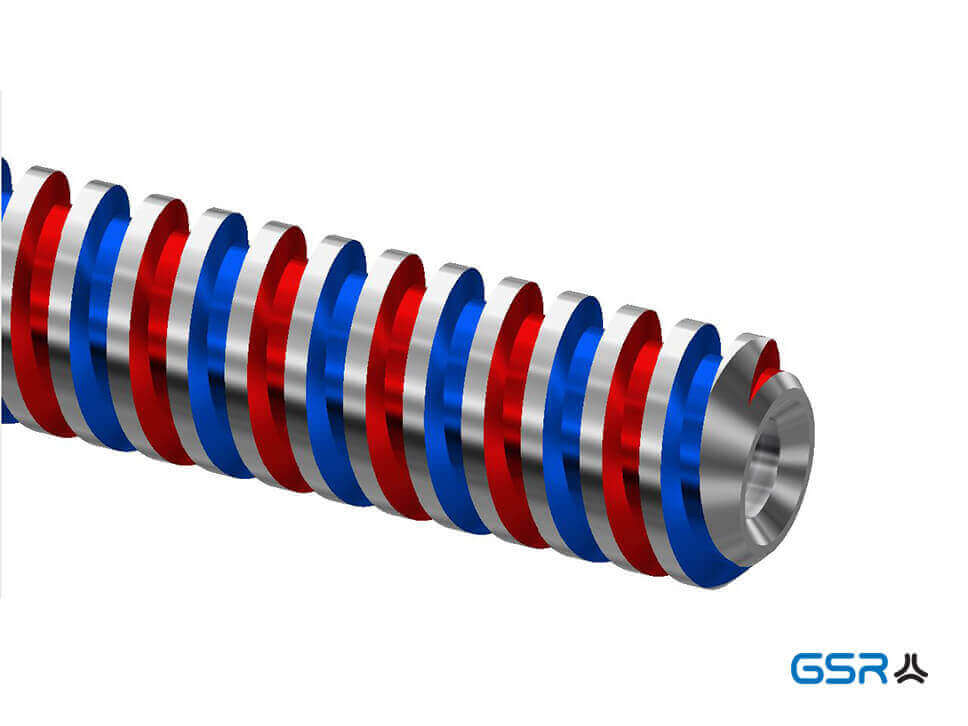HSS vs. HSSE
Today we want to take a closer look at the question whether HSS-E is generally better than HSS. What are the main differences? Is it called HSSE or HSS-E? And what in turn is HSS-PM?

Which is better: HSS or HSSE?
Usually threading tools are made of High Speed Steel (HSS). The steels in this group have the best properties in terms of plastic deformability, toughness (resistance to breakage) and wear resistance. There are high speed steels with different alloying additions, which in turn contribute to different tool properties. Carbon, tungsten, vanadium, molybdenum and chromium are the additives used in HSS steels. The alloying element cobalt is of particular importance. If the steels have a cobalt content of 5% or 8%, then these steels form their own alloy group, which is designated by the abbreviation HSS-E. Both the spellings HSSE and HSS-E are commonly used. If you want to buy a twist drill or tap with cobalt alloy, you will often find the designation HSS-E Co 5% or HSSE Cobalt 8%. Other descriptions are also possible. It is commonly believed that HSS-E steels are superior to normal HSS steels in all respects. Is this generally true?
HSS vs. HSSE – the differences
Correct is: the cobalt (Co) alloyed steel has a higher hardness, hot hardness and tempering resistance. Its use therefore only makes sense if a very high hot hardness and tempering resistance is required. However, these advantages are offset by the disadvantage that cobalt reduces the toughness of the steels, i.e. it increases their fracture sensitivity.
Advantages of HSSE due to the cobalt alloy:
- Higher hardness
- increased heat hardness
- Greater tempering resistance
Disadvantages of HSSE due to the cobalt alloy:
- Increased fracture sensitivity
- Reduced toughness of steels
Fazit
Conclusion
Conclusion: The “popular” opinion that HSSE steels are fundamentally superior to normal HSS steels is wrong. When making your purchase decision, you should therefore carefully consider whether the working conditions are actually present that justify the higher purchase price.
Conclusion: The “popular” opinion that HSSE steels are fundamentally superior to normal HSS steels is wrong. When making your purchase decision, you should therefore carefully consider whether the working conditions are actually present that justify the higher purchase price.
Was bedeutet HSS-PM?
What does HSS-PM mean?
The abbreviation PM in HSS-PM does not refer to the alloying constituents of the high speed steel, but to the method of manufacture. The liquid steel melt is atomized by means of nitrogen. The powder is then hot isostatically pressed (so-called HIP process) and then brought into the respective shape by forging and rolling as in conventional steel production. The advantages of steel result from the more uniform and finer carbide distribution (carbide = hard materials in steel). This makes the material easier to machine. In application, however, it is still wear-resistant and has a high hot hardness.
The abbreviation PM in HSS-PM does not refer to the alloying constituents of the high speed steel, but to the method of manufacture. The liquid steel melt is atomized by means of nitrogen. The powder is then hot isostatically pressed (so-called HIP process) and then brought into the respective shape by forging and rolling as in conventional steel production. The advantages of steel result from the more uniform and finer carbide distribution (carbide = hard materials in steel). This makes the material easier to machine. In application, however, it is still wear-resistant and has a high hot hardness.
What are your experiences with HSS and HSSE threading tools?





